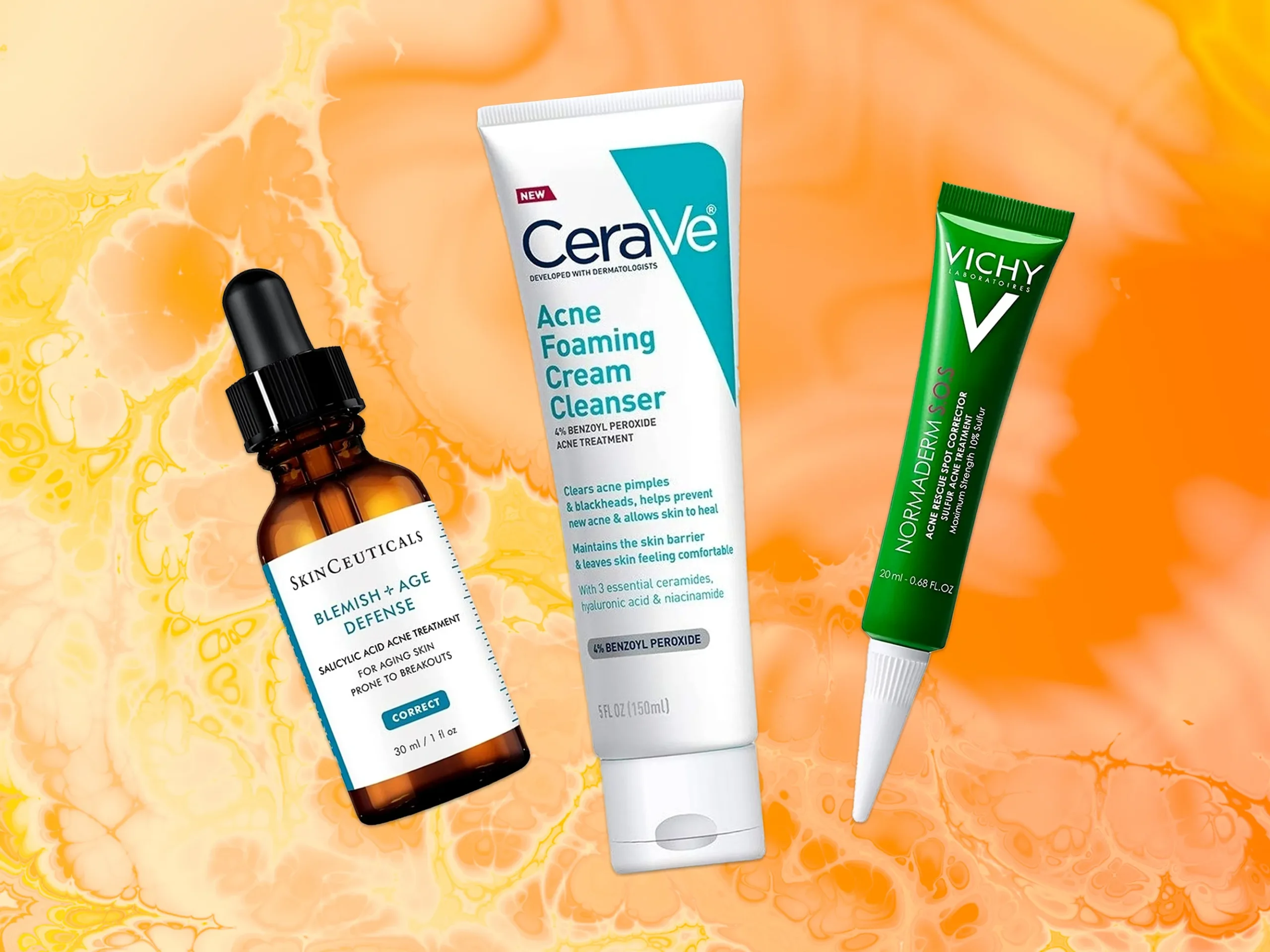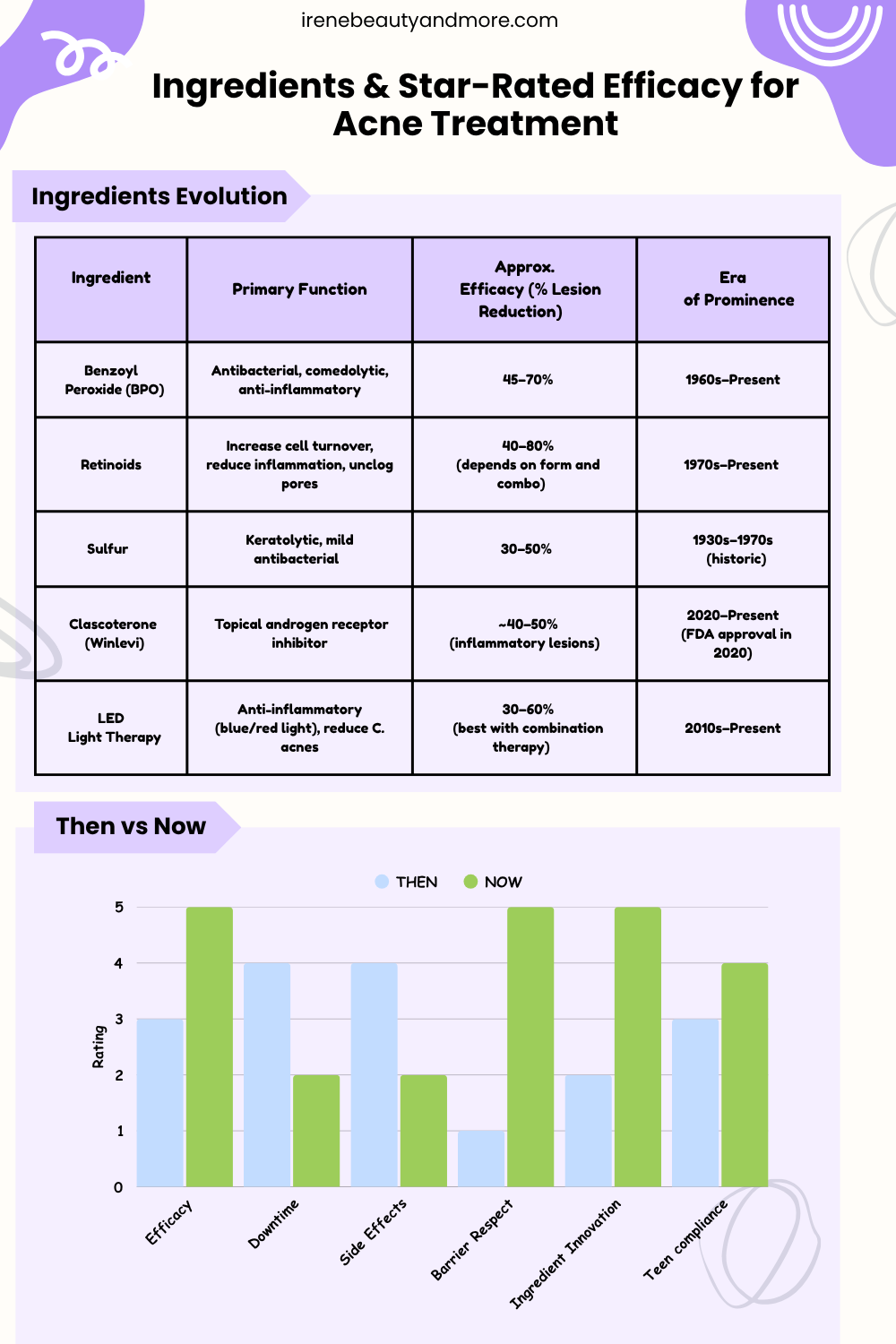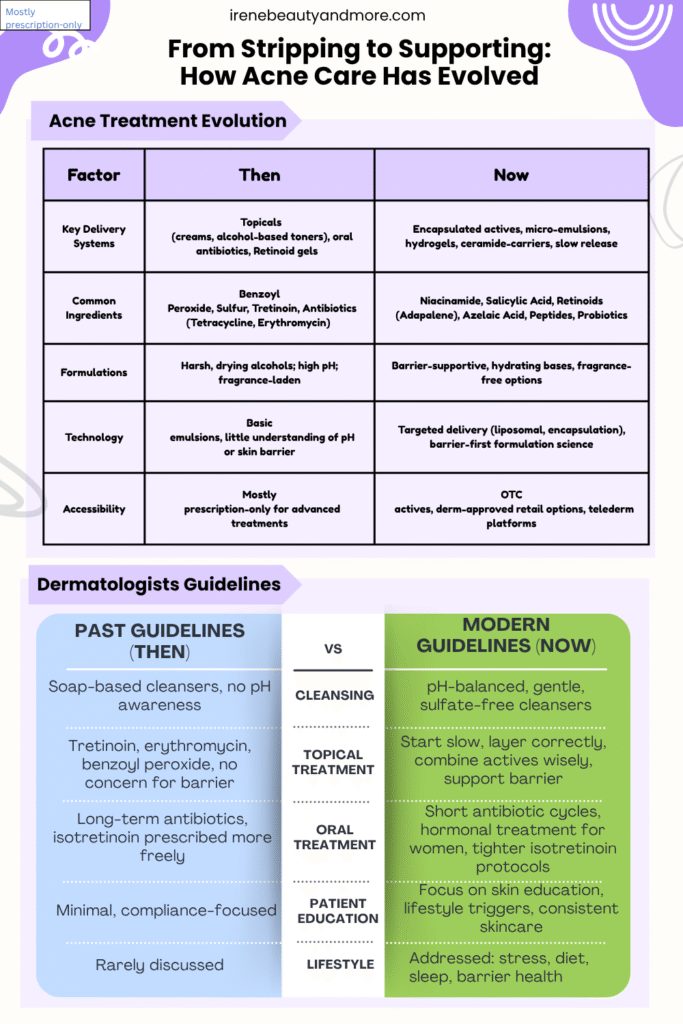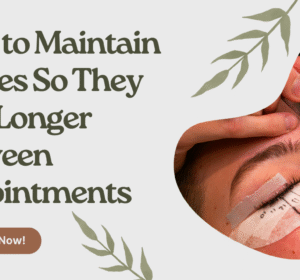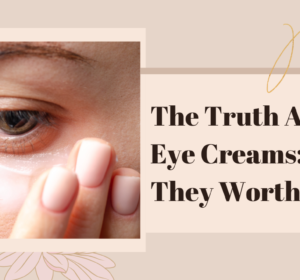Acne has been a skin concern for centuries, with treatments evolving dramatically from natural remedies to high-tech solutions. Today, acne treatment is backed by scientific research, but it’s fascinating to see how people managed this condition in ancient times compared to the innovative approaches available now.
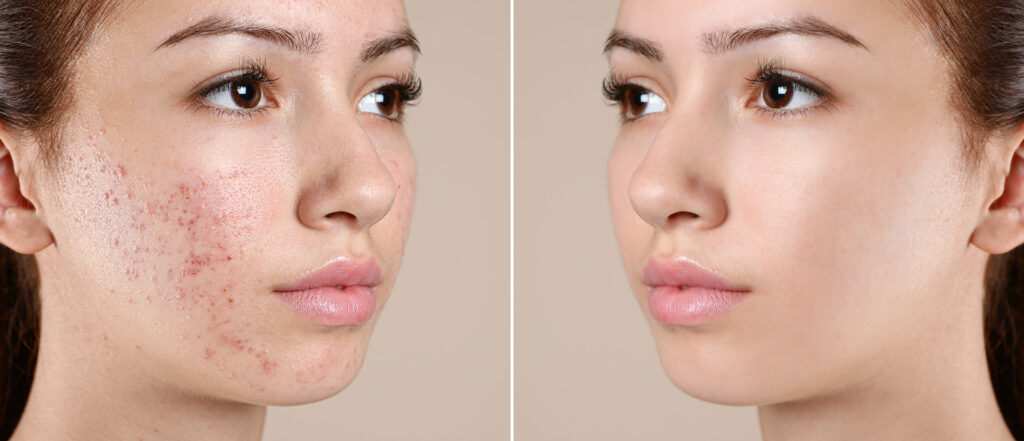
How Acne Forms: Understanding the Root Cause of Breakouts
Acne forms when hair follicles become clogged with oil (sebum), dead skin cells, and sometimes bacteria. Each follicle is connected to a sebaceous gland that produces sebum to keep the skin moisturized. However, when the body produces too much sebum or the skin sheds cells irregularly, this mixture can block the follicle. Trapped inside, the environment becomes ideal for the bacteria Cutibacterium acnes (formerly Propionibacterium acnes) to multiply, causing inflammation. This leads to different types of acne—such as blackheads, whiteheads, papules, pustules, or cysts—depending on the depth and severity of the blockage and infection. Hormones, genetics, diet, stress, and skincare habits can all influence how much sebum your body produces and how prone your skin is to acne.
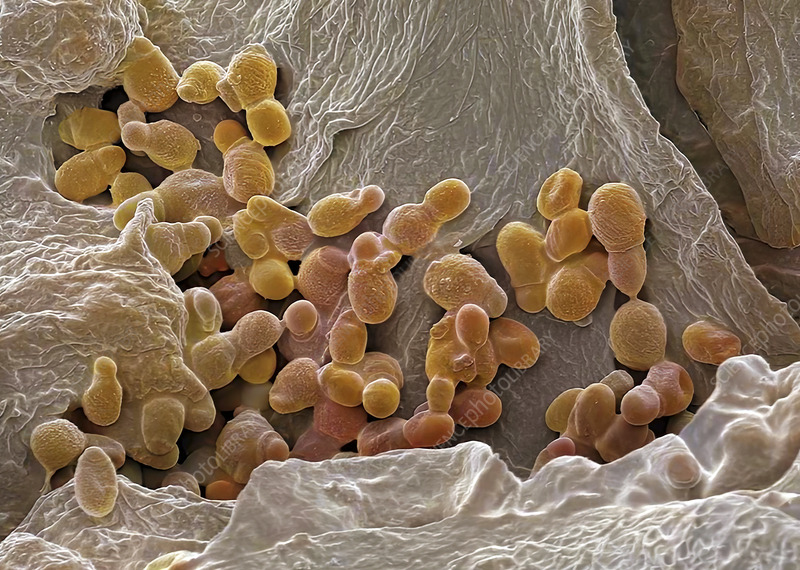
Ancient and Traditional Acne Treatments
In ancient times, people relied on natural ingredients and traditional wisdom to address acne:
Herbal Remedies: Ingredients like turmeric, honey, and aloe vera were commonly used for their antibacterial and anti-inflammatory properties. Many traditional treatments focused on creating balance in the skin using plants, oils, and minerals.
Clay Masks: Clays like bentonite were used by ancient Egyptians and Native Americans to purify the skin and absorb excess oil. This practice continues today in modern clay masks.
Natural Oils: Oils, especially tea tree and neem, were used for their antibacterial qualities. Tea tree oil has remained popular as a natural acne treatment.
Herbal Steaming: Traditional steaming with herbs such as chamomile or eucalyptus helped open pores and prevent breakouts.
These methods, though often effective, were unregulated and depended largely on personal trial and error. While many of these ingredients still appear in modern skincare, they are now carefully studied and formulated.
Acne Treatment in the 20th Century
The 20th century marked significant advancements in acne treatment with the development of modern dermatology and pharmaceuticals:
Antibiotics: In the 1950s, oral and topical antibiotics became common acne treatment, as they targeted bacteria directly responsible for inflamed breakouts.
Retinoids: Derived from Vitamin A, retinoids emerged in the 1970s and quickly became popular for their powerful ability to prevent clogged pores and promote cell turnover.
Benzoyl Peroxide: Widely used in over-the-counter treatments, benzoyl peroxide works as a spot treatment by targeting acne-causing bacteria and reducing inflammation.
Hormonal Treatments: The role of hormones in acne became clearer, leading to the use of contraceptive pills for hormonal acne in women, and eventually to hormone-based treatments and anti-androgens.
While effective, these treatments had limitations. Antibiotics, for instance, posed risks of antibiotic resistance, and many products caused skin irritation, making acne management a delicate balance.
Modern Advances in Acne Treatment
Today’s acne treatments blend traditional wisdom with modern science. Advances in skincare and technology offer more customised, effective solutions with fewer side effects:
Targeted Skincare Ingredients: Formulas now feature salicylic acid, niacinamide, and sulfur, ingredients proven to treat acne at a cellular level. These ingredients have been carefully studied for efficacy and safety.
Prescription Retinoids: Stronger, prescription-only retinoids like tretinoin and adapalene are available for stubborn cases. These work by increasing cell turnover and reducing the risk of clogged pores.
Light and Laser Therapy: Treatments like blue light therapy target acne-causing bacteria, while laser treatments reduce inflammation and scarring.
Personalised Skincare: Advanced diagnostics and personalised skincare routines based on skin type, genetics, and lifestyle are now common, helping people tackle acne with precision.
Non-Irritating Formulas: Sensitive skin is now a focus in acne treatment, with gentle, hydrating products that avoid the harsh effects of older formulas. Brands prioritise soothing ingredients and balanced formulations.
Why did doctors abandon sulphur soap?
High irritation, odour and superior modern keratolytics (BPO, salicylic acid).
Does diet matter now?
Evidence links high-glycaemic diets and dairy whey to acne; low-GI plans aid adjunctive control.
Are antibiotics still first-line?
Oral doxycycline/minocycline remains for inflammatory lesions but is limited to 3-4 months to prevent resistance; topical clindamycin must be paired with BPO.
What’s new for hormonal acne?
Clascoterone cream, oral spironolactone micro-doses, and research on neuropeptide blockers are shaping 2025 protocols.
The Future of Acne Treatment
The future of acne treatment lies in further scientific advancements and personalised care. Skincare technology continues to advance, with options like microbiome-friendly products, peptide-based treatments, and regenerative medicine on the horizon.
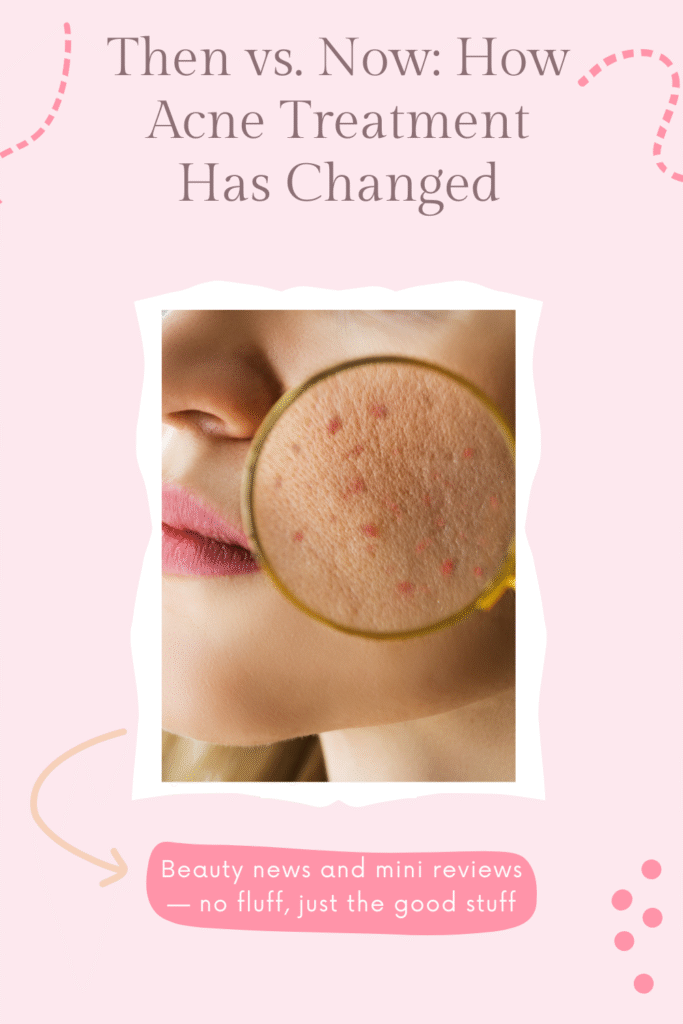
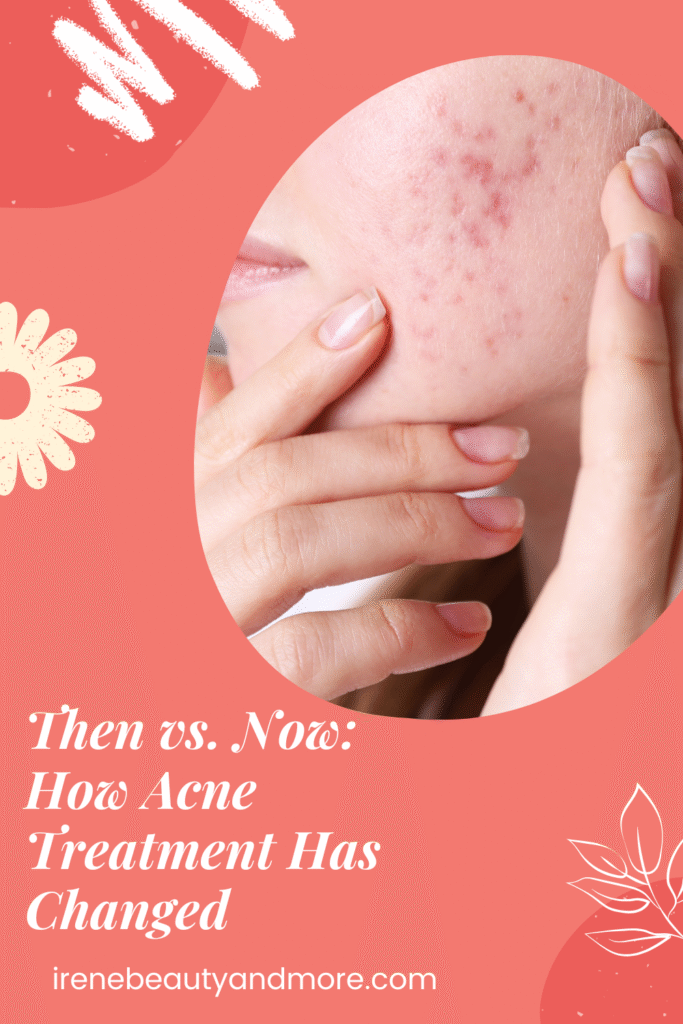
Bear in mind that some of the links in this post are affiliate links and if you go through them to make a purchase I will earn a commission. Keep in mind that I link these companies and their products because of their quality and not because of the commission I receive from your purchases. The decision is yours, and whether or not you decide to buy something is completely up to you.




